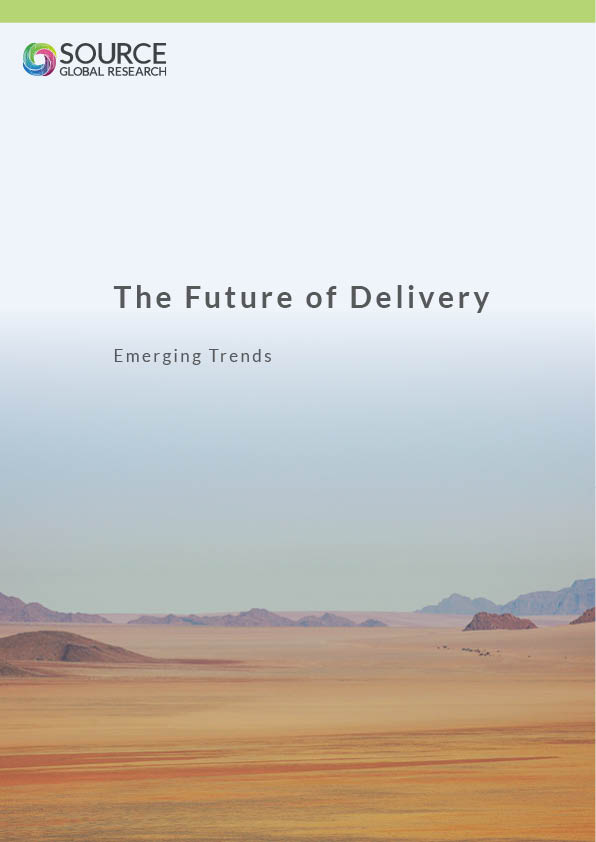Over the last decade, we have seen a steady but noticeable shift in how clients use consulting services; more than ever, clients are turning to consultants not just for advice and specialist knowledge, but for hands-on support creating and accelerating innovative solutions to their business challenges. As a response to this, many firms have invested heavily in developing dedicated facilities that provide a space for teams to tackle these sorts of challenges.
Colleen Drummond has been with KPMG for over 20 years—and since 2014 has served as the US Leader, Innovation Labs at KPMG Ignition. In this capacity, she collaborates with the firm’s global network of innovation leaders. We sat down with Colleen to ask her about how innovation spaces like KPMG’s Ignition Centers can create value for the firms that operate them.
To start off, could you tell me a little about how you use your innovation facilities at KPMG?
KPMG Ignition Centers allow our people and our clients to experience all of the dimensions of our innovation capabilities in one location. They are places where we can bring clients to be better able to understand what’s disrupting their industries, embrace new perspectives, and see the art of the possible using methods such as Design Thinking, and leading-edge data, analytics and AI platforms and solutions.
One of the most important things we do is take big ideas—including across STEP (people & social, technologies, economics & markets, political & regulatory)—and translate them in context to the client's sector and their function. Clients want someone who can help them not only be able to translate signals but help them to take action.
What are the advantages of having a physical space in which to do that?
We've just gone through an era where the assumption was that everything could be done virtually—but now I'm seeing more pushback against that. If you're doing a transformation programme, then there are certain non-negotiable moments where you just won't get the same outcome or the same acceleration of innovation efforts if you do it virtually. Getting executives together at the beginning to align around the focus of the programme is critical. Any time where you're making decisions that will have significant financial impact, you need to guarantee the best possible outcome. And that's best accomplished in person.
Most of the big firms now have some sort of dedicated innovation facility. So how do you try to differentiate KPMG’s innovation spaces from what clients could get from other firms?
We use our proprietary 'TEAM' model—talent, environment, assets and methods—to create a powerful experience for our clients. First, we make sure that we have the right people in the room—that's the talent piece. Our Ignition Centers provide the environment—a differentiated space that's conducive to making innovation happen. Then, we introduce assets relevant to each client's unique challenge. That could mean drawing on our broad base of strategic research across industries, functions and technologies, or using models created by our data, advanced analytics and enabling technology teams. Finally, we apply the right methods based on the problems to be solved.
And how do you resource your Ignition Centers? What type of skills do you need access to in order to help clients innovate?
To help clients innovate, you need both people with expert knowledge of new technologies and emergent business models, and people who have more of a 'traditional' consulting and strategy skillset. That's because you need to not only understand what's out there; you also need to be able to translate it to the specific clients you're working with and put it in a language they can understand.
Our Ignition Centers allow our people and our clients to experience all of the dimensions of our innovation capabilities together, in one location.
And teaming is critical. That means that we need professionals who help to design a bespoke experience—from the catering to the movement between spaces, and, probably most importantly, bringing in the right subject matter professionals to ensure that there’s the right mix of industry, sector, process and/or technology experience in the room.
Do you think that clients think differently now about innovation than they did five or ten years ago? And if so, how have KPMG’s Innovation Labs helped the firm to respond to that change?
The big shift that's taken place over the last few years has been that clients have gone from wanting to hear about disruption to actually realising that they have to do something about it. The old rule of thumb was the 70/20/10 model: clients spent 70% of their innovation budget on incremental innovation, 20% on adjacent innovation and 10% on disruptive innovation. That's now shifted to something closer to 50/25/25, according to our recent Benchmarking Innovation Impact 2020 report with Innovation Leader. As a result, the boundaries between innovation, strategy and transformation are becoming increasingly blurred.
20 years ago, many transformation projects were centered around IT with something like an ERP implementation, where you could create a clear and well-defined roadmap. But now, with so many industries going through really profound disruption, innovation has to play a critical role at the front end of transformation as well.
Clients are realising that transformation is not just about technology. Every client session I've been in has ended up including a fairly lengthy discussion about the impact of that technology on the workforce. You can't just bolt new solutions on to an existing business and call it innovation: You have to think about how you're going to modernise your business model and operating models, but you also need to make sure you have the right workforce with the right capabilities, and how you'll bring your people along on the transformation journey.
